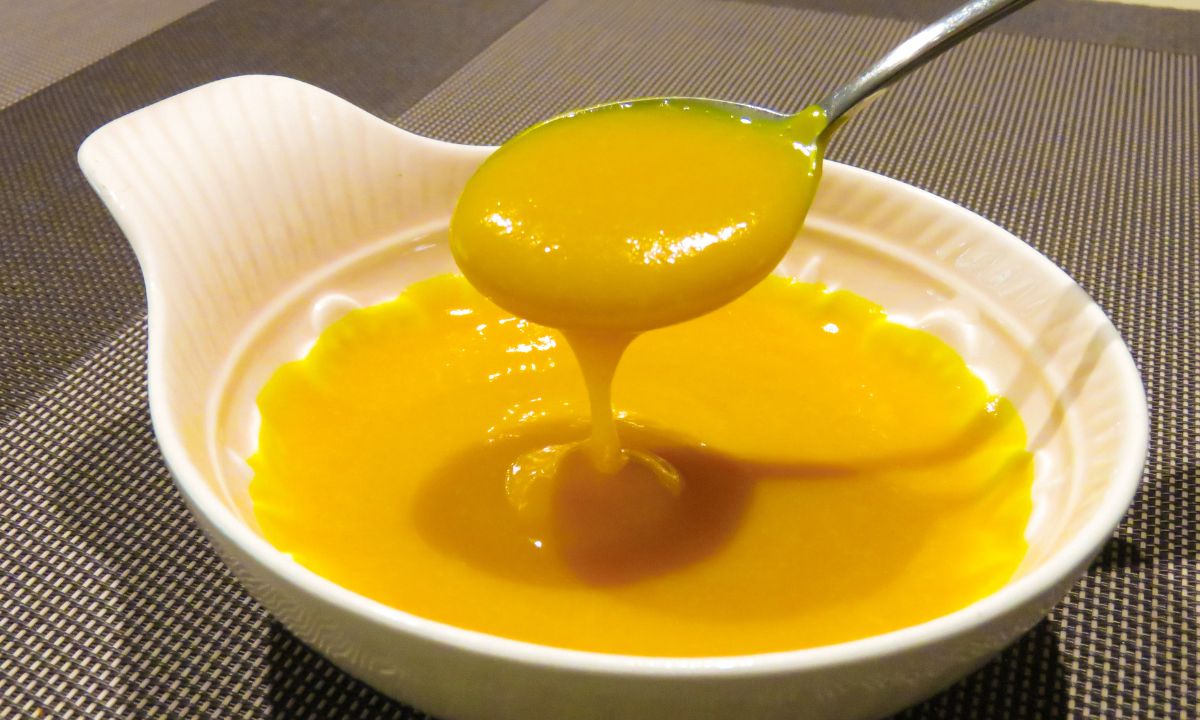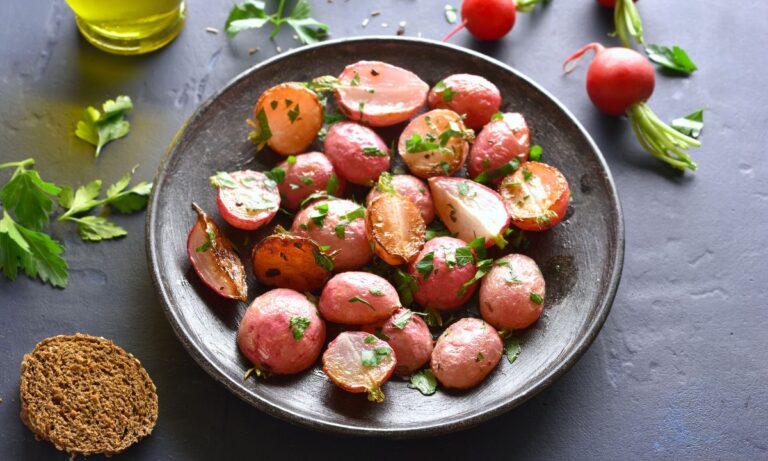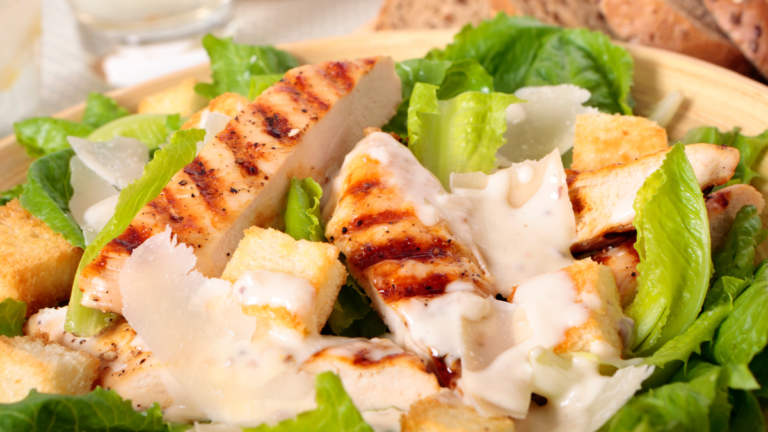Pumpkin Soup – A Delicious and Nutritious Treat for All Seasons
Introduction
Who doesn’t love a warm, comforting bowl of soup? Pumpkin soup is a classic, easy-to-make dish that offers a perfect blend of flavors and textures. Its rich, velvety texture and delightful taste make it a favorite among soup lovers. In this article, we’ll explore the history of pumpkin soup, its benefits, how to choose the right pumpkin, and how to prepare this delicious dish from scratch. So let’s dive in!
History of Pumpkin Soup
Pumpkin soup has been a staple in various cultures for centuries. Native Americans were among the first to discover the culinary potential of pumpkins, incorporating them into their diets and even using them as vessels to cook other foods. European settlers in the Americas adopted pumpkins and eventually brought them back to Europe. Over time, pumpkin soup became a popular dish in various countries, each adding their unique twist to the recipe.
Benefits of Pumpkin
Pumpkin is not just a delicious ingredient but also a nutritional powerhouse.
Nutritional Value
Pumpkins are low in calories but high in nutrients. They are an excellent source of vitamins A, C, and E, as well as potassium, fiber, and antioxidants. The seeds are also nutrient-dense, containing healthy fats, proteins, and minerals like magnesium and zinc.
Health Benefits
The nutrients in pumpkin offer several health benefits, including improved vision, a stronger immune system, better heart health, and weight management. The antioxidants found in pumpkin can help protect against chronic diseases and promote healthy skin.
Ingredients for Pumpkin Soup
Before making pumpkin soup, it’s essential to gather the right ingredients.
Essential Ingredients
- Pumpkin (fresh or canned)
- Onion
- Garlic
- Vegetable or chicken broth
- Olive oil or butter
- Salt and pepper
- Nutmeg or cinnamon
Optional Ingredients
- Cream, milk, or coconut milk
- Fresh herbs (e.g., sage, thyme, or rosemary)
- Spices (e.g., curry powder, cumin, or smoked paprika)
- Toppings (e.g., toasted pumpkin seeds, croutons, or sour cream)
Choosing the Right Pumpkin
When choosing a pumpkin for soup, opt for smaller, sugar pumpkins or other winter squash varieties like butternut or kabocha. These types have a sweeter, smoother flesh that works well in soup recipes.
Preparing the Pumpkin
To prepare the pumpkin, first, wash it thoroughly. Then, cut it in half and remove the seeds and stringy fibers. Peel the skin and cut the flesh into small, evenly-sized cubes.
Making Pumpkin Soup from Scratch
Now let’s get to the heart of the matter: making pumpkin soup from scratch.
Step-by-Step Process
- Heat oil or butter in a large pot over medium heat. Add chopped onions and garlic, sautéing until they become soft and fragrant.
- Add the cubed pumpkin and cook for a few minutes, stirring occasionally.
- Pour in the vegetable or chicken broth and bring the mixture to a boil. Then, reduce the heat and let it simmer until the pumpkin is tender (about 20-30 minutes).
- Once the pumpkin is soft, use an immersion blender or a regular blender to puree the soup until smooth. If using a regular blender, make sure to let the soup cool slightly before blending and be cautious of hot splatters.
- Return the soup to the pot and season with salt, pepper, and your choice of spices. If desired, add cream, milk, or coconut milk for a creamier texture.
- Simmer the soup for a few more minutes to allow the flavors to meld. Taste and adjust the seasoning as needed.
- Serve hot, garnished with your choice of toppings.
Cooking Tips
- Roasting the pumpkin before adding it to the soup can enhance its flavor and sweetness.
- Don’t be afraid to experiment with different herbs and spices to create your unique version of pumpkin soup.
- For a thicker soup, consider adding a peeled and cubed potato or two during the simmering process.
Pumpkin Soup Variations
The beauty of pumpkin soup is that it can be easily adapted to suit various tastes and dietary preferences.
Curried Pumpkin Soup
Add a tablespoon of curry powder or paste to the soup during the sautéing process for an Indian-inspired twist.
Pumpkin Soup with Coconut Milk
Use coconut milk instead of cream or dairy milk for a tropical flavor and a dairy-free option.
Serving Pumpkin Soup
Serve pumpkin soup in bowls or hollowed-out mini pumpkins for a fun presentation. Add a dollop of sour cream or a sprinkle of fresh herbs, toasted pumpkin seeds, or croutons for added texture and flavor.
Pairing Pumpkin Soup with Other Dishes
Pumpkin soup pairs well with crusty bread, a fresh salad, or a hearty sandwich. It can also be served as a starter for a festive autumn or winter meal.
Storing and Reheating Pumpkin Soup
Pumpkin soup can be stored in the refrigerator for up to four days or frozen for up to three months. When reheating, do so slowly over low heat, stirring occasionally to maintain its smooth texture.
Conclusion
Pumpkin soup is a delicious, nutritious, and versatile dish that can be enjoyed throughout the year. By following the steps and tips outlined in this article, you can create your perfect bowl of pumpkin soup to savor and share with friends and family.
FAQs
- Can I use canned pumpkin instead of fresh pumpkin? Yes, canned pumpkin can be a convenient alternative to fresh pumpkin. Just make sure to choose pure pumpkin puree without added sugar or spices.
- How can I make my pumpkin soup spicier? Add a pinch of cayenne pepper, red pepper flakes, or a dash of hot sauce to give your pumpkin soup a kick.
- Can I freeze pumpkin soup? Yes, pumpkin soup freezes well. Allow it to cool completely before transferring it to an airtight container and freezing for up to three months.
- What can I do with leftover pumpkin seeds? You can roast the seeds and use them as a crunchy topping for your pumpkin soup, add them to granola, or snack on them as a healthy treat.
- Can I use other types of squash for pumpkin soup? Yes, other winter squash varieties like butternut, acorn, or kabocha can be used as a substitute for pumpkin in this recipe. Each type will offer a slightly different flavor and texture, so feel free to experiment and find your favorite.







